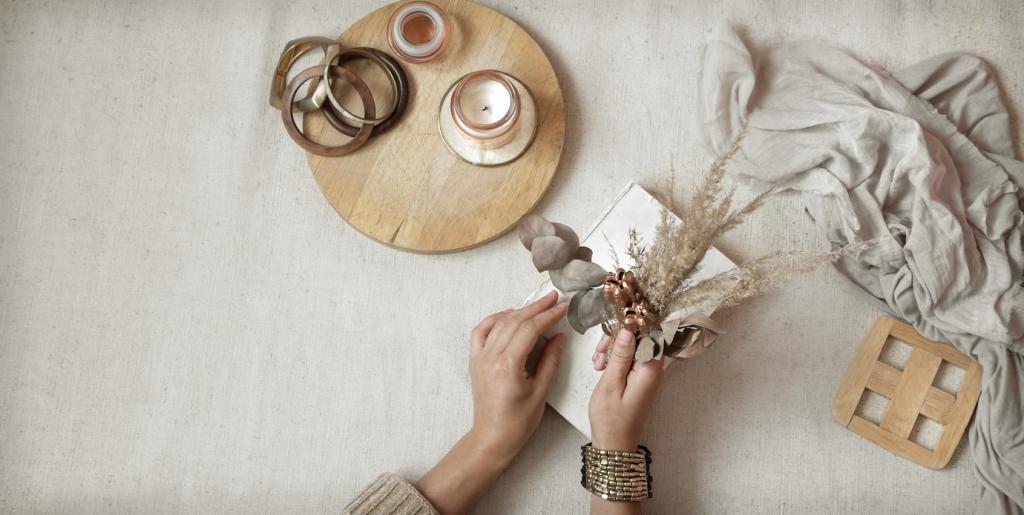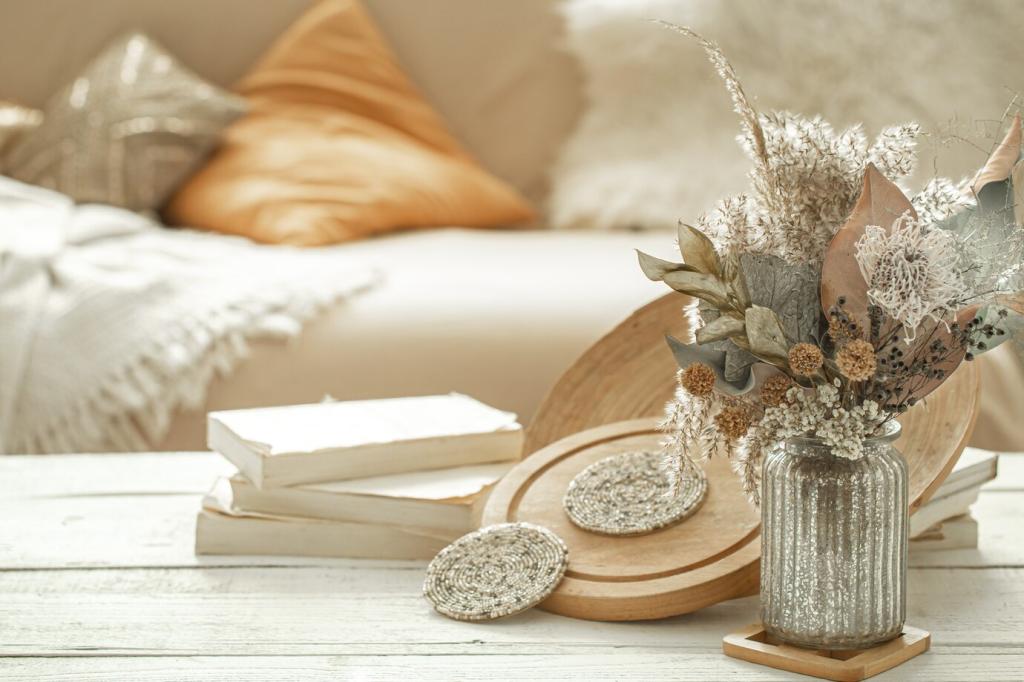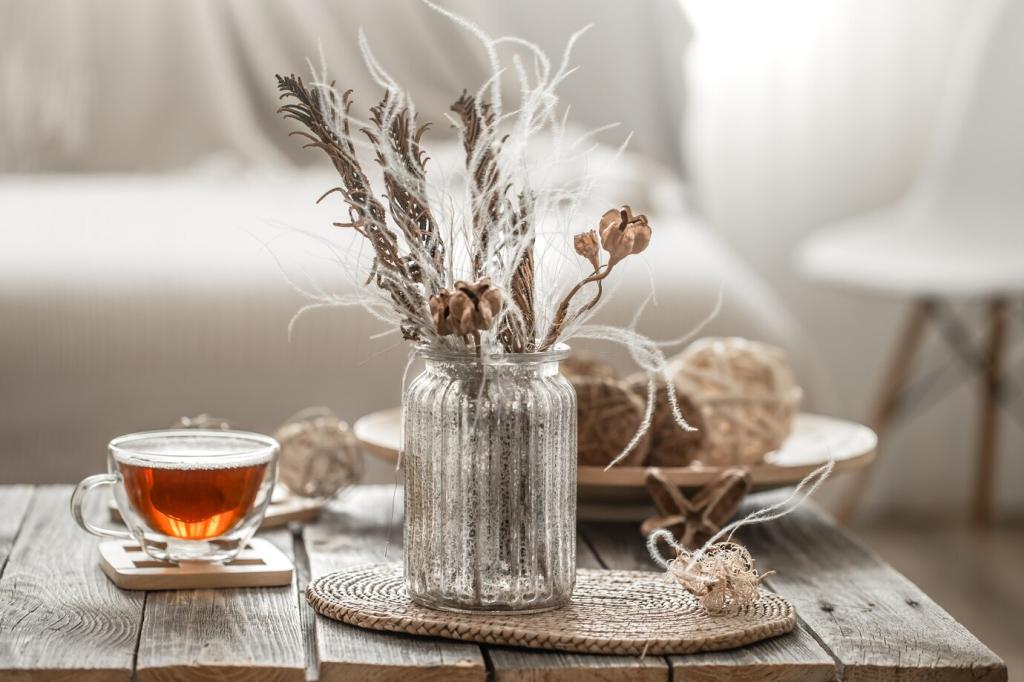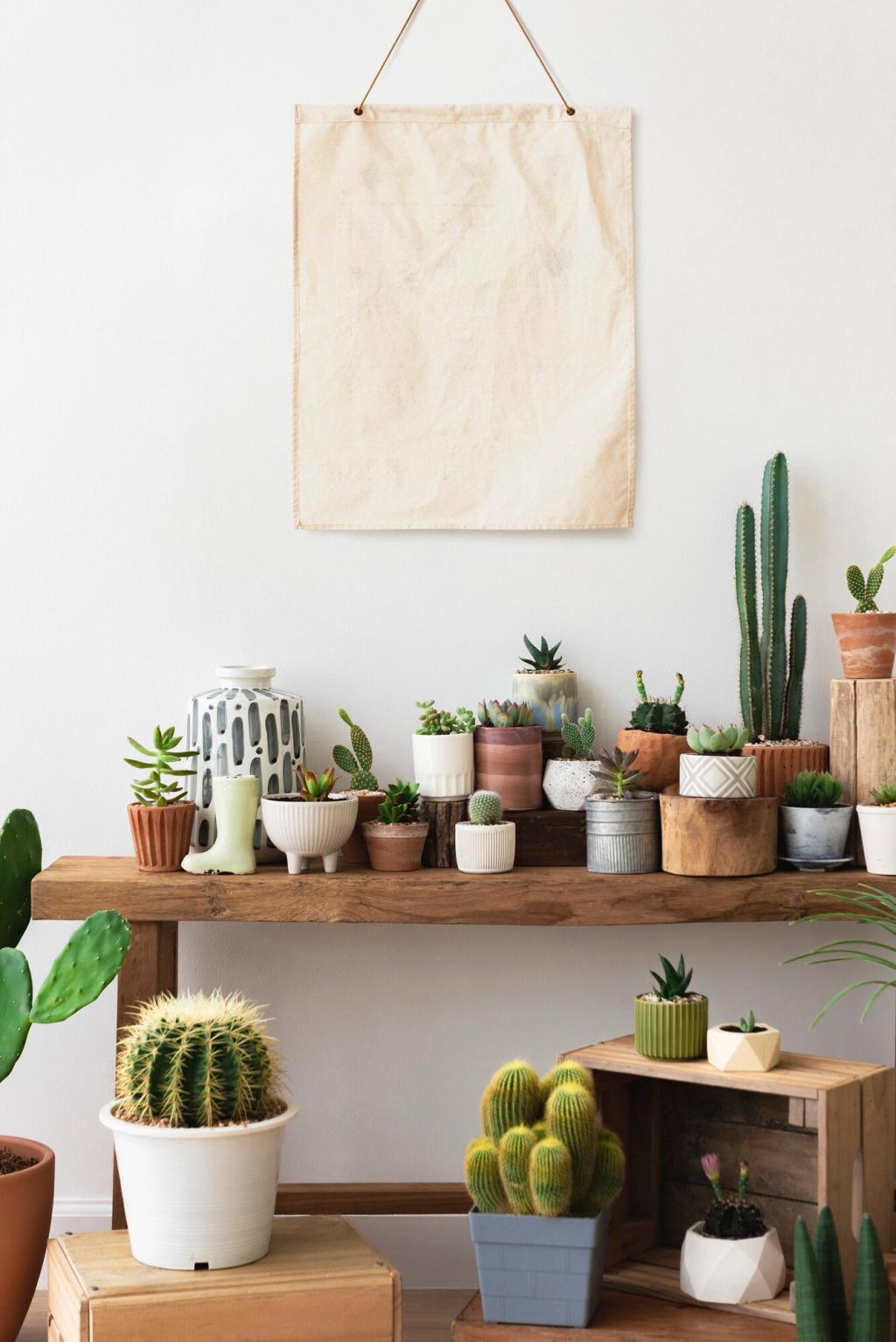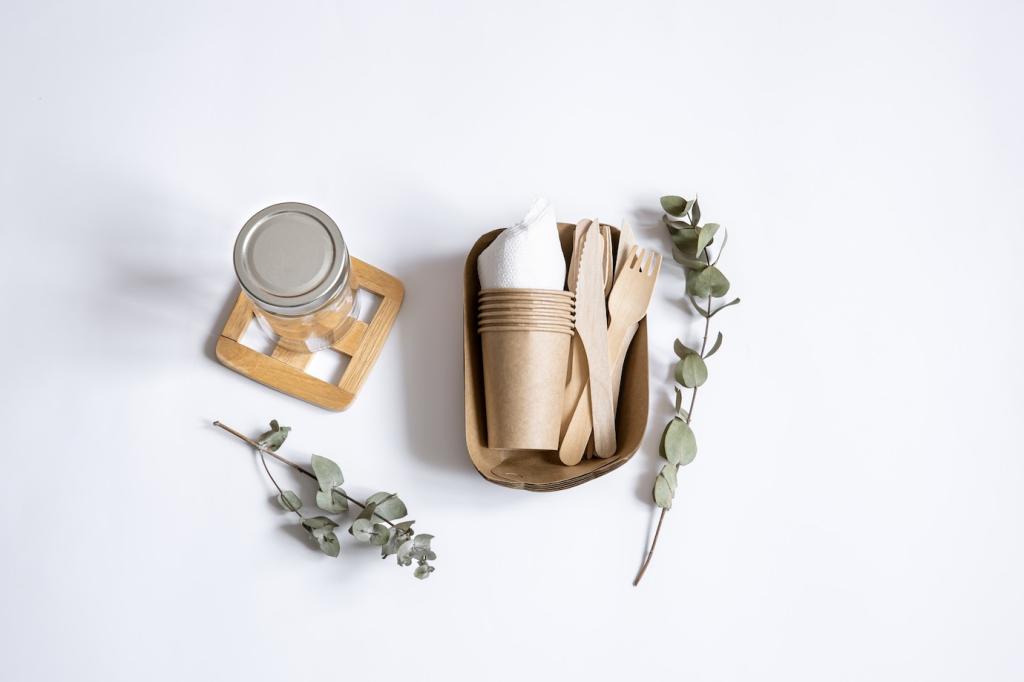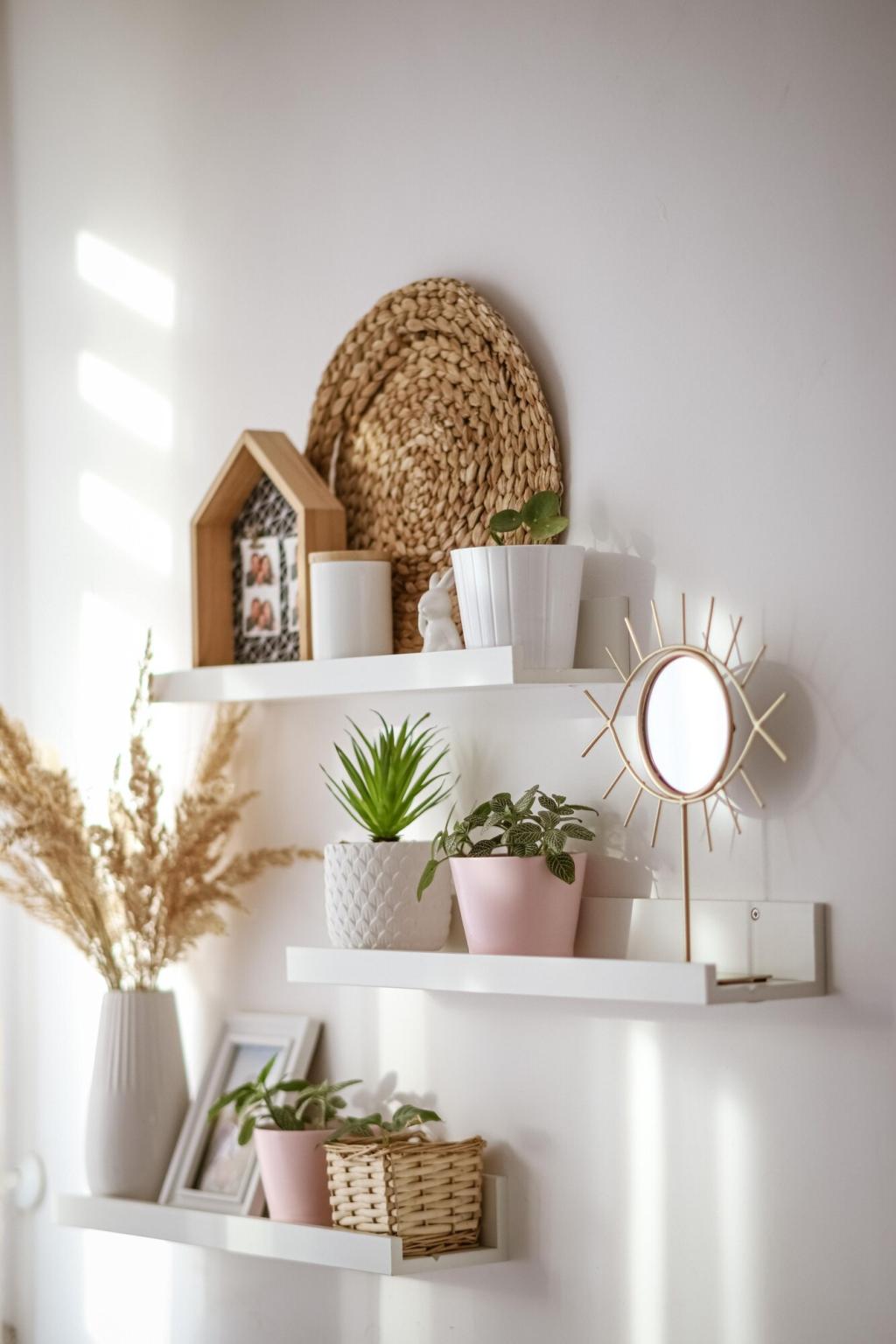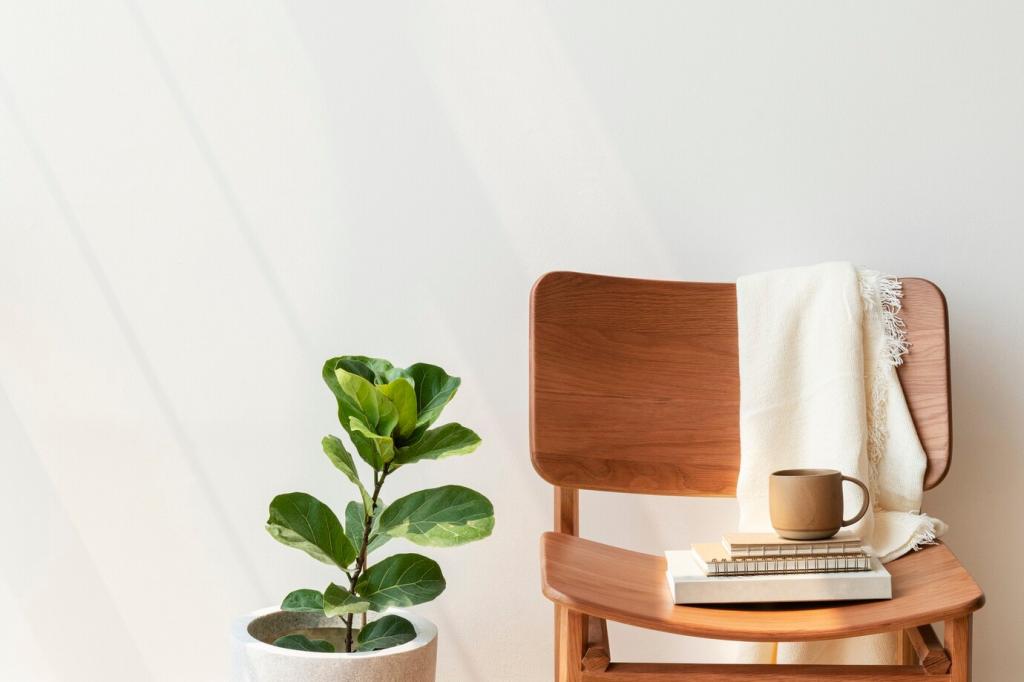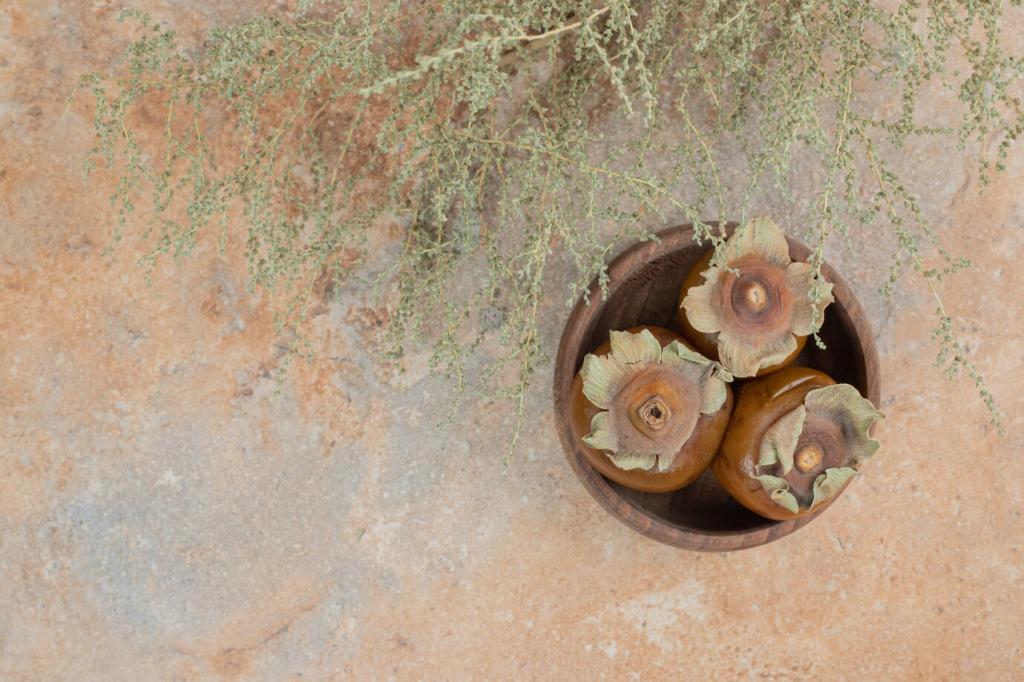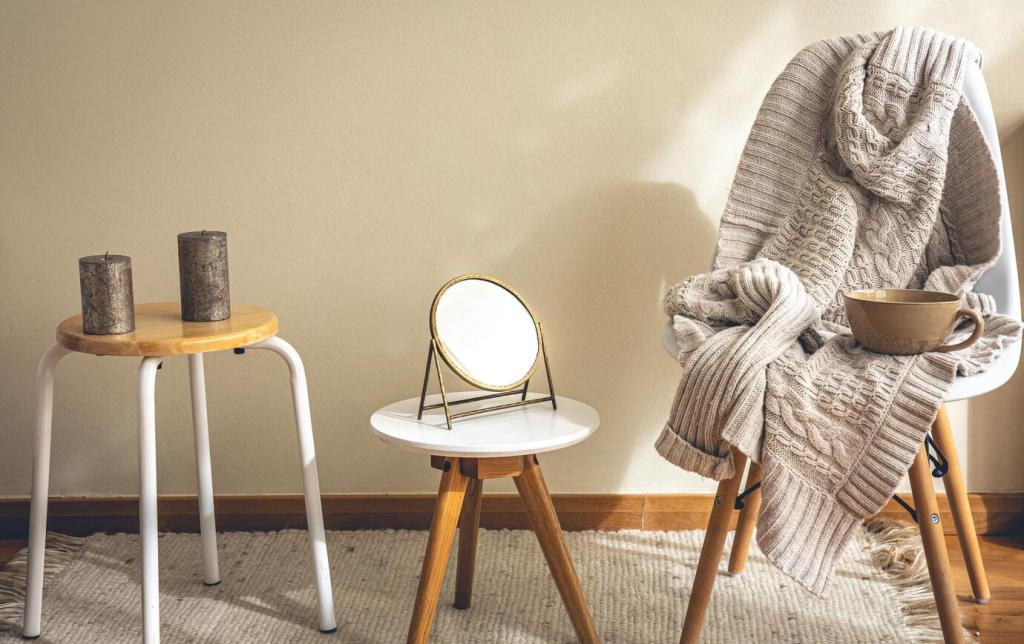Keeping It Real: Maintenance, Cost, and Longevity
Biophilic investments often return value through durability, reduced stress, and improved productivity. Solid wood can be refinished, clay paint refreshed, and planters reconfigured as teams grow. Share your budget constraints, and we’ll highlight smart, phased approaches that build lasting wellbeing without overspending.
Keeping It Real: Maintenance, Cost, and Longevity
Choose resilient species like snake plant, ZZ plant, and pothos for offices; herbs and ferns for brighter homes. Group by light and watering needs, and automate irrigation on larger installations. Comment with your light conditions, and our community will recommend hardy, biophilic plant pairings for success.

